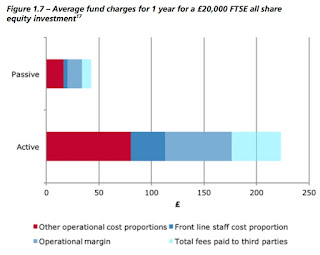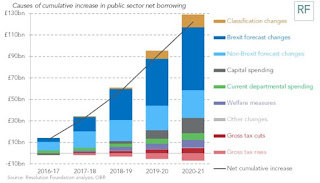If you are struggling with the different interpretations of the Scottish Government’s draft budget, don't panic, it is confusing!
My briefing for UNISON branches attempts to cut through the spin and outline the impact on the services our members deliver. In this blog I will instead focus on a few key points.
Firstly, this is a real budget, not just spending plans, because it includes the revenue raising powers.
So we start with the block grant, which is being cut by 9% due to UK austerity plans between 2010-11 and 2019-20. However, in the coming year the Scottish Government has a little wriggle room because there is a small real terms increase in funding of £188m. The next two years are considerably tougher under current UK plans.
Then you add in any of use the devolved tax powers. They have decided not to increase income tax, although not cutting tax for higher rate (40p) taxpayers should generate an additional £79m. Other devolved taxes on land transactions, landfill and aggregates, generate small additional revenues.
Of course taxes can be reduced as well, and the budget confirms that they remain committed to a 50% cut in Air Passenger Duty - an unaffordable, environmentally damaging tax cut for the better off. Thankfully, not this year though because it would cost a massive £171m to implement. That's the same as this year's real term increase in NHS spending.
The most confusing spin is over the local government budget allocation. I'm afraid when our branches sit down with their councils to discuss the budget, they will find that their director of finance doesn't recognise Derek Mackay's extra £240m. Unsurprisingly, the reality is somewhere in-between his spin and that of some councils.
We should remember that the Scottish budget only determines the Scottish Government's allocation to councils - important though that is. There is a real terms cut in the local government (including grants) budget allocation of £327m. The Scottish Government argues that this is mitigated by the extra income from the council tax bands (£111m) and helpfully they have abandoned plans to expropriate that for their own priorities. While this shouldn’t appear in the Scottish budget, it is a real additional source of revenue, albeit one that will benefit better off councils with higher banded properties. Councils with disadvantaged communities will also have to fund the improvements to the council tax reduction scheme.
The government then adds in the extra £107m coming from the NHS budget for social care. This won’t impress your finance director because it is for a specific additional commitment (contractors living wage) so won’t help to mitigate grant cuts. That's not to say that it isn't very welcome and desperately needed to help stave off a staffing crisis in social care. There are some other additional pots, but again these are ring-fenced. Yes, they did claim they would stop doing that!
The government then gets very cheeky by assuming that councils will increase the council tax by the maximum 3% they are allowing - generating £70m of real extra revenue. Again, this is a matter for councils, who may reasonably point out that the government isn’t using its tax raising powers. The Scottish Government will not 'pass on austerity to the household budgets' with a national tax, but has an expectation that councils should do that locally. This looks like an exercise in political buck passing.
Branches will also find that their finance director has a long list of unavoidable commitments that also don’t appear in Derek MacKay's calculations. Not least the cost of the UK Apprenticeship Levy that the Scottish Government appears to be pocketing the revenue from. Councils can reasonably argue that they have a good record in creating apprenticeships and should get this cash reimbursed.
So, the bottom line is that councils are yet again facing the biggest budget cut. In fairness, there is some scope for mitigation, but nowhere near the spin the government is putting on the figures.
We should also have a quick look at the health budget. Health boards get a cash increase of £321m, but that falls to £170m in real terms. The assumption is that inflation will be 1.5%, but health inflation is usually significantly higher.
Health branches will also find their directors of finance are less than impressed by this figure. They also have unavoidable commitments including the Apprenticeship Levy. However, the biggest issue will be the £107m directed to integration authorities to pay for the increase in the living wage. This is very welcome and a justifiable priority, but it’s not NHS spending. It is blatant double counting to include this in NHS budgets and the local government finance order.
Part of the problem with the 'Draft Budget' is that it isn't really a budget document at all. Most of the 186 pages set out a political narrative, which is not unreasonable, but adding in numbers that have nothing to do with the government's budget to spending tables, crosses a line for me. So read with care!












